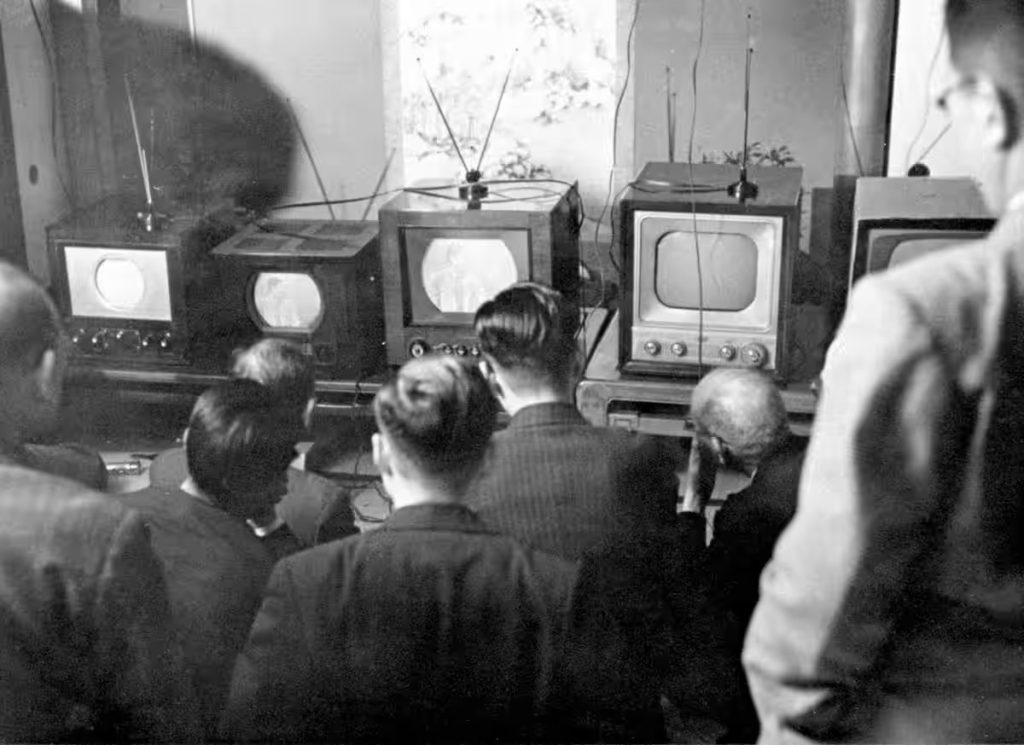
Bustling streets of Ginza in March 1962.
このページを 日本語 で読む
Today we find ourselves facing severe domestic and international situations. The world economy is in turmoil and concerns about a Taiwan contingency and other crises are ever present. At a time like this, it makes sense to look back on the turbulent Showa era.
April 29 marked Showa Day (Showa no Hi). This national holiday celebrates the birthday of Emperor Showa (Emperor Hirohito). It is defined by the National Holidays Act as a day to "look back on the Showa era, which saw the country recover after turbulent times, and to consider the nation's future."

Next year, 2026, marks the 100th anniversary of the advent of the Showa era (1926-89). At present, almost one in three Japanese were born during or after the Heisei era, which lasted from 1989 to 2019, and are unfamiliar with what things were like during Showa.
But why not ask your grandparents, parents, and other relatives about what it was like back then in the Showa period? We would like to see people who lived through those turbulent times pass on their experiences to younger generations.

Turbulent Times
The Showa era was marked by hardships from the start, with the Showa Depression beginning in 1927 and the Great Depression following two years later.
The Japanese economy did recover fairly quickly and began to experience economic growth in the prewar Showa period. But this growth was stymied by economic blocs created by the United States, Great Britain, and other Western countries, which established high tariff walls around their colonies. Japan also became mired down in military conflicts, including the Sino-Japanese War and the Pacific War.

The Japanese people fought with all their might under the banner of "self-preservation and self-defense and the liberation of Asia from Western colonialism." But the nation ended up losing 3.1 million people before its ultimate defeat in August 1945.
The government found itself at an impasse as to whether Japan should accept the terms of unconditional surrender demanded by the Allied Powers in the Potsdam Declaration. It was a dramatic decision by the Showa Emperor that broke the deadlock and settled the matter.
Japan then had to suffer occupation by a foreign power for the first time in its long history, with full sovereignty being restored in April 1952.
Postwar Recovery
Dedicating itself to pursuing a path of peace, Japan achieved a period of rapid growth lauded as an "economic miracle." Indeed, by 1968 the nation's gross national product reached ¥51 trillion JPY (around $355 billion USD), making it the second-largest Western economic power. And in 1975 Japan became the only Asian member of the summit of the richest industrialized nations (at the time referred to as "the G6").
There have been various assessments of the wars and economic growth experienced during the Showa era. However, the role they played in the elimination of racial discrimination around the world has surely been underappreciated.

The Showa Legacy
Emperor Showa always shared the joys and sorrows of his subjects. In the immediate postwar years from 1946 to 1954, the emperor toured the nation to personally encourage the public. Emperor Showa was enthusiastically welcomed by the common people throughout Japan while these imperial visits served to bind the nation closer together.

Our national character of being able to weather crises, thanks to the people being united under the Emperor and the Imperial Family, was very apparent during the Showa era, and it continues to this day.
The government is planning to hold a ceremony to commemorate the 100th anniversary of the start of the Showa era in 2026. We hope preparations for this event will proceed in such a way that this ceremony will serve to commemorate the benevolence and other virtues of Emperor Showa, express gratitude to our ancestors, and strengthen unity within Japan.
RELATED:
- Emperor Showa Memorial Museum Marks 20-Year Milestone with Special Exhibition
- Showa Day: Fashion Items That Have Persisted Through Time
- Showa Day: 10 Iconic Japanese Artists and Bands from a Fascinating Era
- The Best of Japan's Early Cameras, Now on Display in Tokyo
Author: Editorial Board, The Sankei Shimbun
このページを 日本語 で読む








